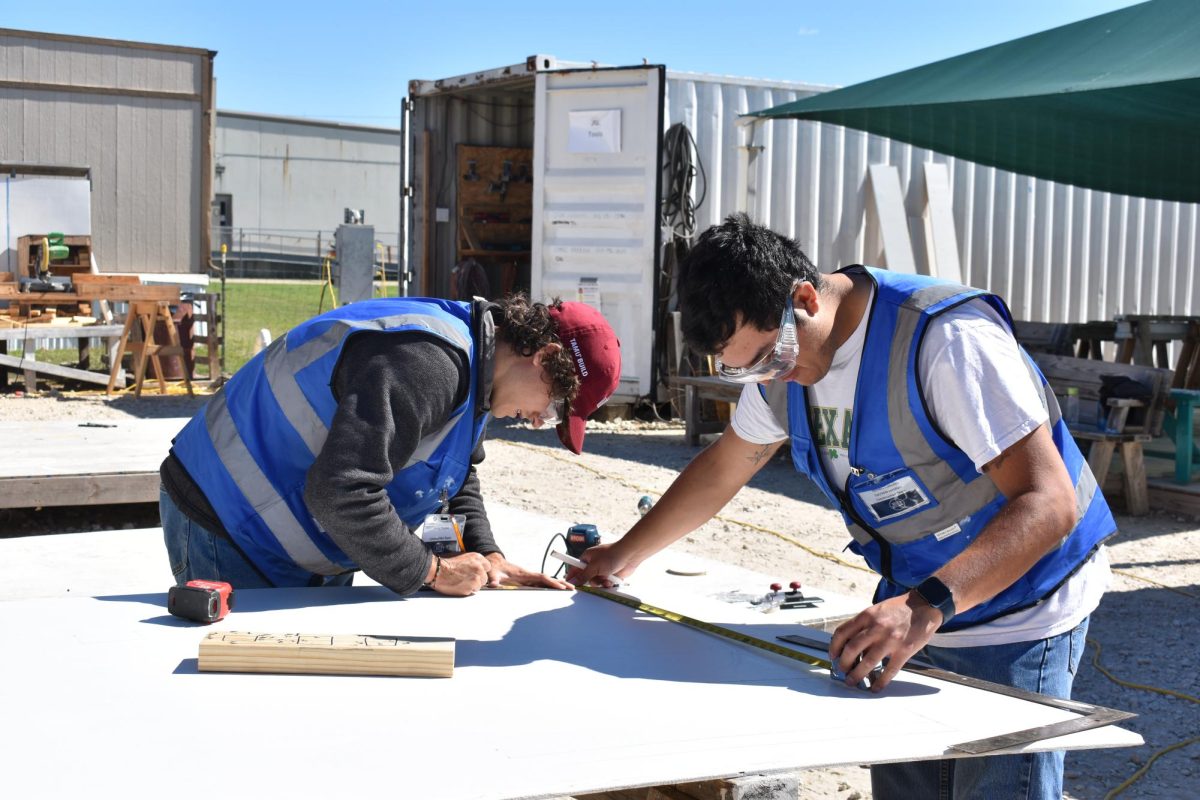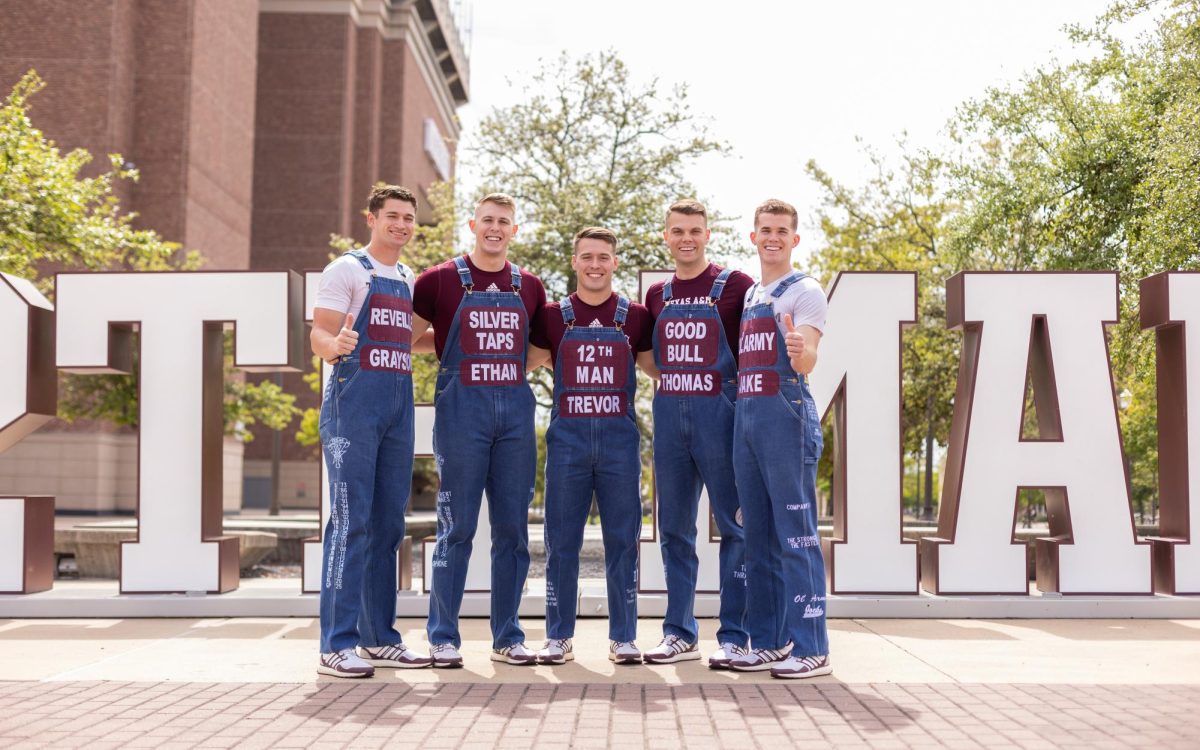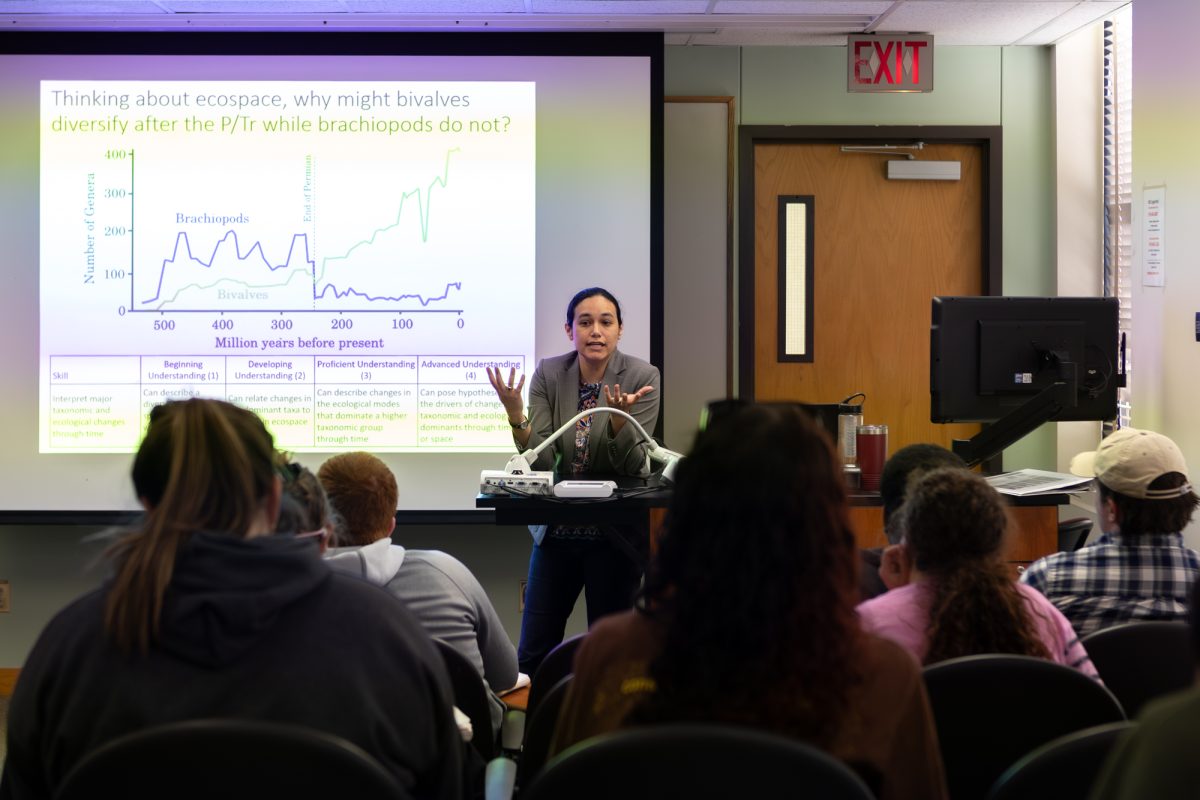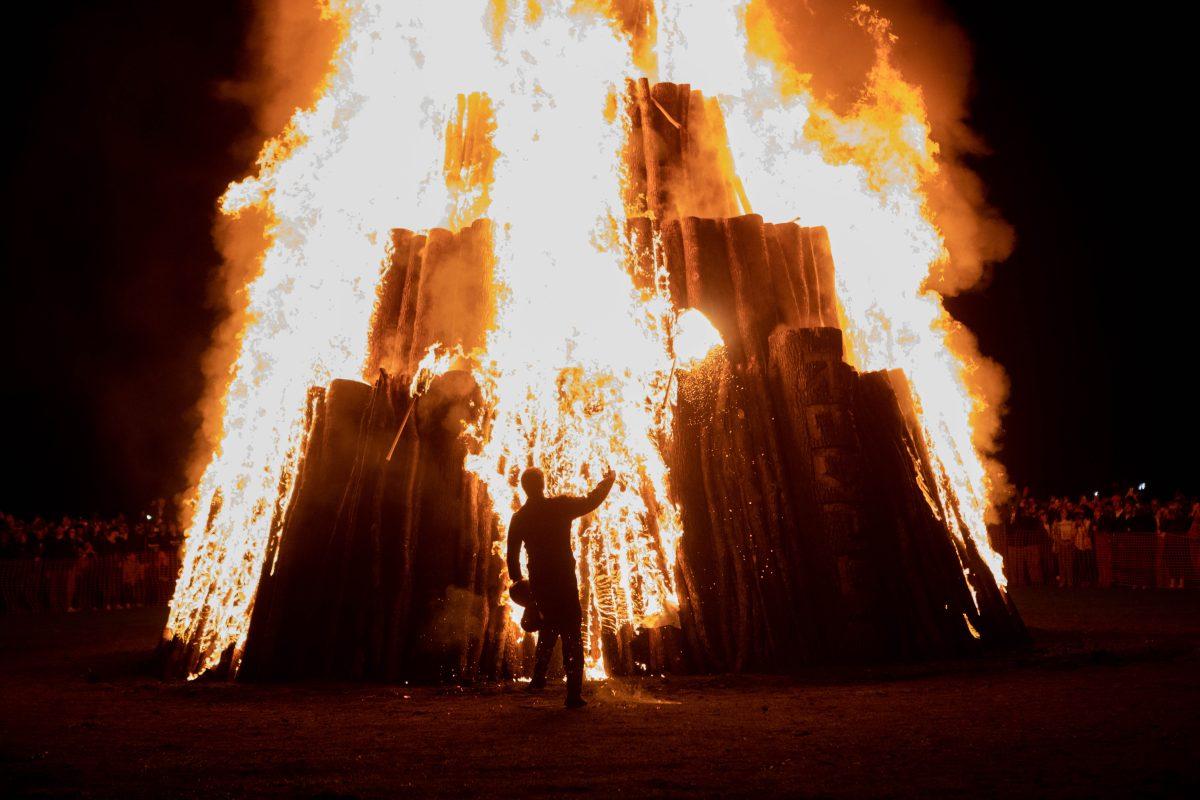Just before 4 a.m. Jan. 10, a SpaceX rocket conducted its fifth successful supply run to the International Space Station. The rocket’s first stage also attempted an engineering first by coming close to a controlled landing after it detached from the payload.
In any other decade, such a routine resupply mission — and the rocket’s daring landing attempt — would have been NASA’s work. 2014 and the new year, however, ushered in a modern era. Billions of dollars were awarded to private companies to build machines capable of carrying men and women beyond Earth, private rockets exploded and a private spaceplane pilot died. Success and failure abounded, but through it all one fact emerged — private companies, not just government agencies, will help carry America back to a leadership position in manned space exploration.
No other year beside 2014 better highlighted this trend. American ISS resupply missions are routinely launched by private rockets, shuttled by private spacecraft, and managed in part by private control rooms. NASA awarded $6.8 billion to Boeing and SpaceX to develop next-generation craft to replace the retired shuttle fleet. And the Orion capsule, the development of which was spearheaded by Lockheed Martin to carry men and women to Mars and beyond, underwent its first orbital test.
The year’s success, however, was muted somewhat by two catastrophic failures. An Orbital Sciences rocket exploded just seconds after liftoff, destroying supplies bound for the ISS. And Virgin Galactic’s signature spaceplane — SpaceShipTwo — disintegrated in midair after igniting its booster rocket, killing one pilot and injuring another.
These failures raise questions about NASA’s privatization gamble. Orbital Sciences came out of the explosion with few financial scars, but how many failures can a for-profit company endure before it folds? NASA experienced more failure than success at the start of the original space race, at great cost to their budget and to human life. It remains to be seen if a private company is capable of rebounding from such repeated tragedy.
But despite these drawbacks, 2014 showed that space exploration is no longer a game restricted to superpowers who clash over supremacy as a means to showcase military might and ideological dominance. America’s board pieces now include private companies arrayed against a variety of nations, and themselves. Weapons research and national prestige are still sought-after prizes, but just as important are lucrative government contracts, and space’s untold consumer wealth. 2014 was an exciting time — let’s just hope future drawbacks don’t dampen this rising spirit.
John Rangel is an aerospace engineering junior and SciTech editor for The Battalion.


























